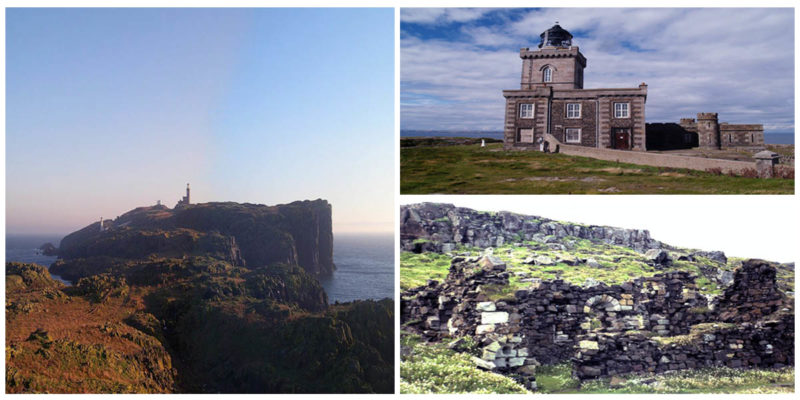It stands at around 8 kilometers off the coast of Scotland in the waters of the North Sea. This island is no more than 2 kilometers long and less than a kilometer wide, but its history could easily fill a hundred-page book.
The name “Isle of May” might have its roots in the Old Norse language that roughly translates to “the island of seagulls,” referring to the thousands of seagulls that nest there. Another possible origin of the island’s name is from Gaelic, in which the name “Magh” would translate to “plain.”
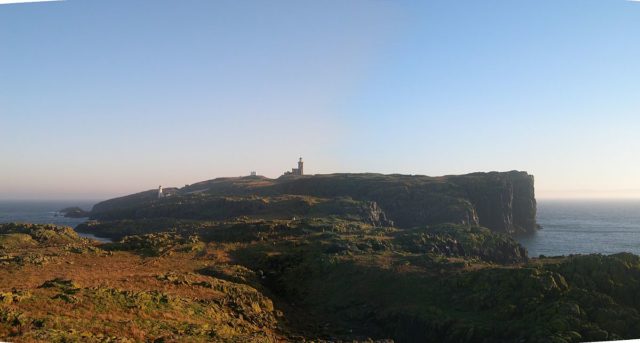
Sometime around the 12th century, the foundation of the island’s priory was set firmly in the ground. Archaeological excavations from more recent times indicate that this island may well have been occupied as early as 2000 years BC. The archaeologists found traces of pottery and arrowheads and even an ax made of stone, all made sometime during the Bronze Age.
Documents dating back to the Dark Ages speak of a holy man named Ethernan who made the peaceful island his home in the 7th century. St. Ethernan created the first religious society on this isle.
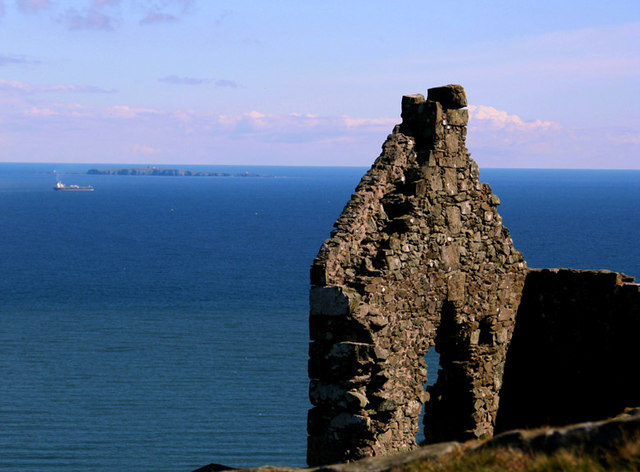
Two centuries later, in the 9th century, documents known as the Orkneyinga Saga tell of an attack committed by the Vikings, most notably the famous Sweyn Asleifsson, in which all of the monks on the island were slain.
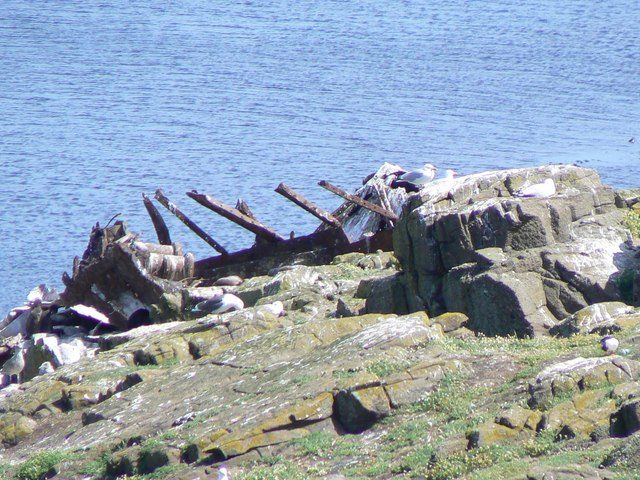
The story related in the document states that once the Vikings were expelled from the Orkney Islands, they set sail until they reached what they called Máeyar. Here they found the monastery that was run by Baldwin.
Once there, they introduced themselves as if they had been sent by the king of Scots himself. The monks were clever enough to realize this was a lie and searched for help from the mainland.
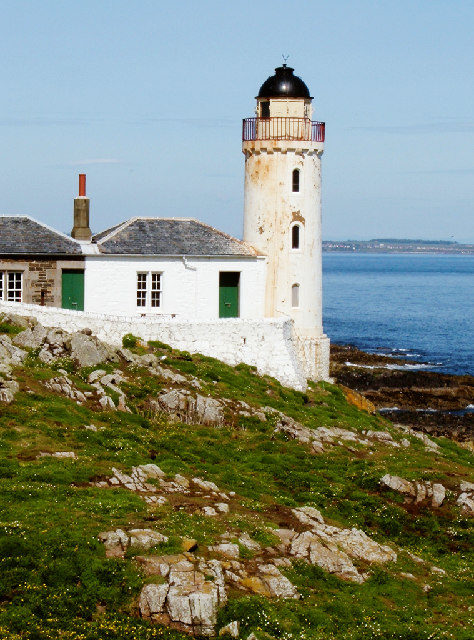
“When Swein and his comrades became aware of this, they went hastily aboard their ship, after having plundered much treasure from the monastery,” writes Joseph Anderson in his book The Orkneyinga Saga. Centuries later, the initial church was further extended sometime the 12th century. Once the extension was completed, the monks kept nine priests on the isle.
The stories about this place are abundant. Speculations that the remains of Saint Ethernan, who died in 669, were interred on the island made it a place for pilgrimage during the Dark Ages.
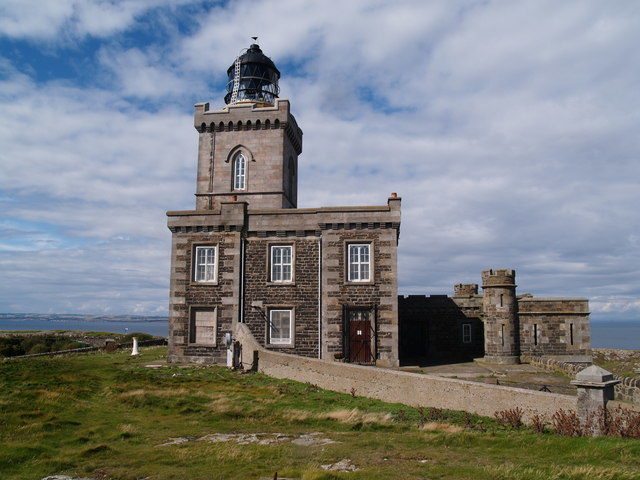
Given the rugged terrain around the island, a lighthouse was necessary to protect passing ships. One primitive coal-fired beacon was erected in 1635, established by James Maxwell and John and Alexander Cunningham.

Around 400 tons of coal and no less than three men were required every year to keep this beacon running. And keeping the beacon active was a hard job; it took the lives of seven people: one of the keepers, his wife, and five of their six children were asphyxiated by the fumes.
A regular lighthouse was built by Robert Stevenson on this island in 1816. It was designed to resemble a castle. Today this lighthouse is fully automatic and is controlled remotely.
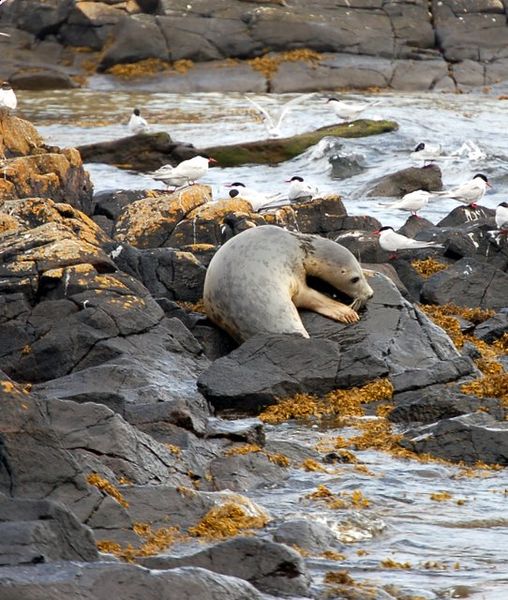
The history of this isle is rich with different sagas, tales, stories, legends, and myths that span across two millennia. Today, the Isle of May remains uninhabited except for bird watchers, thousands of birds, countless seals, and an occasional passing whale.
